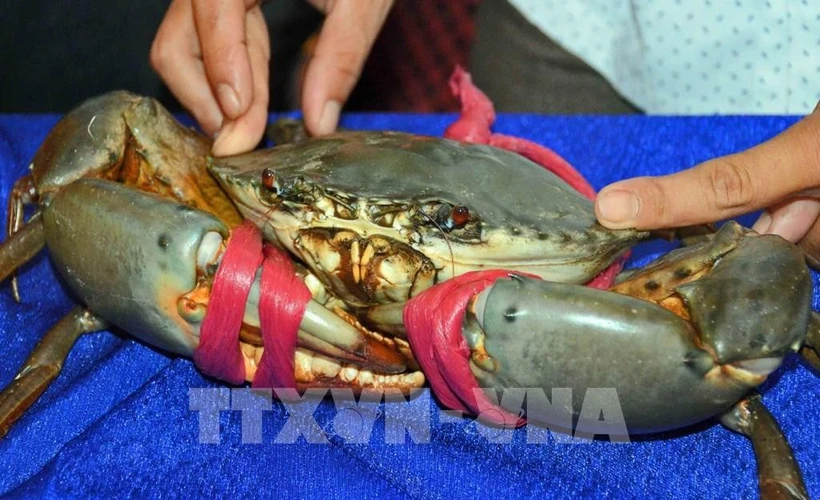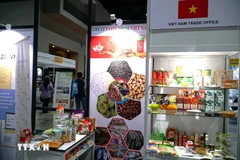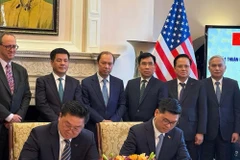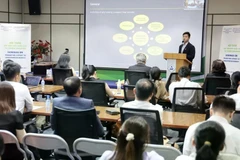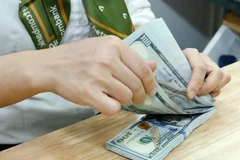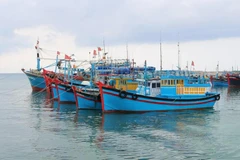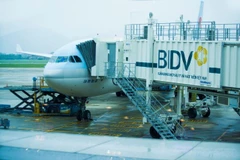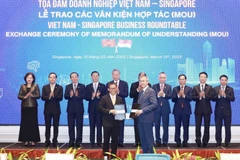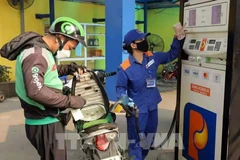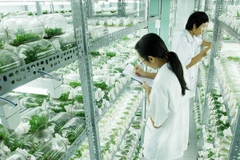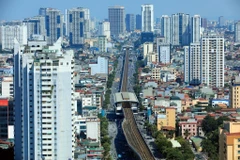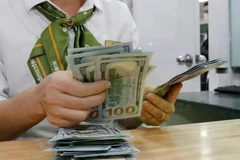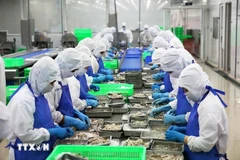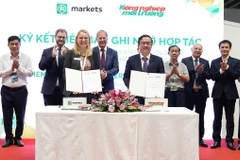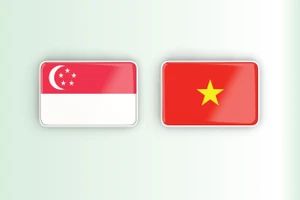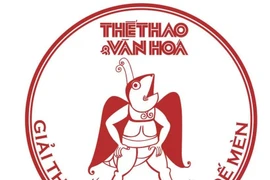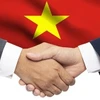Hanoi (VNA) – The Vietnamese Trade Office in Australia is actively negotiating with Australian agencies to introduce new Vietnamese products into this market, the office has said.
It said that the office has collaborated with the M-import company and local supermarkets to offer approximately 15,000 processed black chicken products to consumers for tasting in Western Australia and Queensland.
Similarly, for the Ca Mau crab, the office advised Vietnamese companies to focus on quality, processing, and packaging following Australian regulations to build their brand and gradually enter this market.
Nguyen Phu Hoa, head of the Trade Office, noted that mud crabs in Australia are similar to those from Ca Mau but priced very high, and their quality is not as high as Ca Mau's. Therefore, if Vietnamese producers can comply with Australian processing and packaging requirements, this product has significant potential in the market.
Currently, Australia is Vietnam's largest trading partner in the Oceania, accounting for 88% of Vietnam's exports to the region. Bilateral trade reached over 1.5 billion in January, with Vietnamese exports to Australia seeing a remarkable increase of 13.9% compared to the same period in 2024. This is one of the few large markets to which Vietnam's exports experienced growth of above 10%, according to Vietnam Customs.
Hoa emphasised that among the various goods exported to Australia, agricultural, forestry, and aquatic products, along with fruits and vegetables, still have much room to grow. Australian consumers favour Vietnamese products. Agricultural, aquatic, and food products from Vietnam are now widely available in Australia, even reaching remote areas such as the Northern Territory.
He cited statistics as showing that in 2024, Vietnam’s agricultural, fruit and vegetable exports to Australia exceeded 111 million USD, rising over 25% year-on-year. Aquatic shipments topped 343 million USD, up more than 9% while coffee increased 48.3%, rice over 17%, confectionery over 23%, and rubber over 17%. These impressive growth figures indicate a significant opportunity for the Vietnamese products to boost exports to Australia in 2025.
He noted that free trade agreements (FTAs), especially new-generation ones like the Regional Comprehensive Economic Partnership (RCEP) and the Comprehensive and Progressive Agreement for Trans-Pacific Partnership (CPTPP), together with cooperation frameworks have been creating competitive edges for Vietnamese goods in the Australian market.
General Director of Meet & More Coffee Nguyen Ngoc Luan said that FTAs have significantly supported businesses in accessing foreign markets.
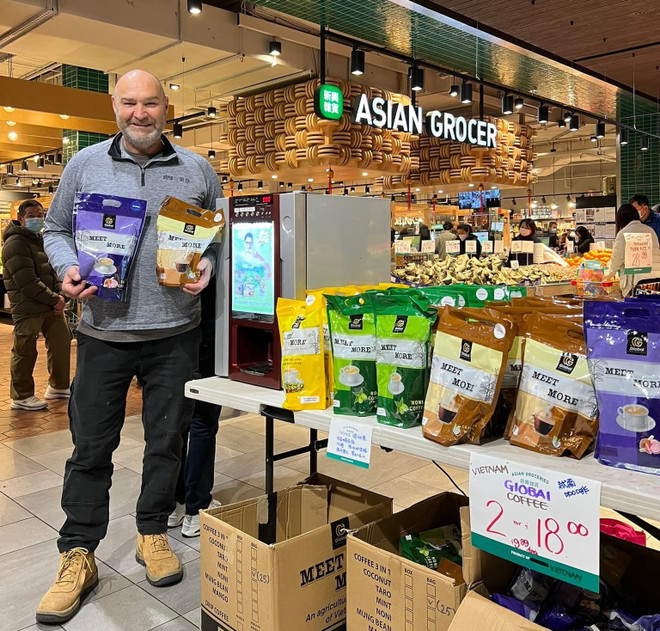
Thanks to the CPTPP, Meet & More Coffee's instant coffee products have benefited from a 0% tax rate when exported to Australia. This has motivated the company to invest in technology and focus more on product quality. However, to increase the presence of Vietnamese goods in Australia, brand building is a priority for the firm.
Luan said since the company began exporting to Australia in 2020, it has identified the Vietnamese community there as a key potential customer base. They serve not only as consumers but also as a channel for introducing and promoting Vietnamese products to their Australian friends.
Experts agree that while Australia presents a promising market for Vietnamese goods. However, it is also one of the most demanding markets in the world, with high-quality standards and strict import processes. Additionally, there are technical barriers, labelling requirements, and stringent food safety regulations, some of which exceed those of the US and EU.
Furthermore, Australia imposes numerous import regulations, including tax policies, packaging and labelling requirements, food safety and quarantine regulations, intellectual property rights, branding, and business practices. Therefore, for exporters to successfully enter this market, prioritising product quality over price is essential. Australian consumers also pay close attention to packaging, design, and brand reputation.
To help businesses maximise their opportunities in the market, experts recommend that Vietnamese companies thoroughly research and verify information about their Australian partners. Engaging with importers from the outset is crucial to fulfilling all import conditions and market standards, ensuring the highest possible quality and value of products./.
